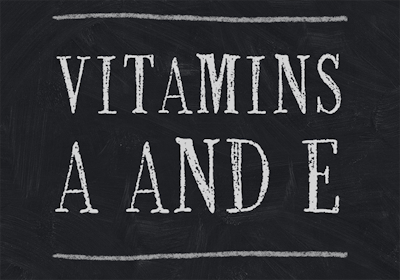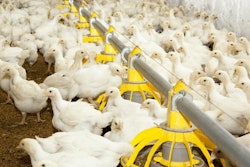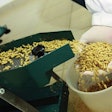
Following my last blog, I received many questions, including “What are the NRC levels?” that I had been discussing.
First, apologies for I have been educated and worked in the U.S., and as such, I take NRC for granted. NRC stands for National Research Council, and it is a government body of the U.S. that undertakes the review of scientific evidence and publishes recommendations. The works are published under the titles “Nutrient Requirements of Swine, 2012” and “Nutrient Requirements of Poultry, 1994.” The latter title is going to be updated soon, whereas both are readily available through a quick search on the internet.
Second, I place great emphasis on these publications because I know the caliber of scientists employed to undertake such monumental tasks. I know first-hand that they only accept research reports from well-designed experiments published in highly regarded scientific journals. My late Ph.D. professor (Dr. D.H. Baker) at the University of Illinois was responsible for heading the chapter on vitamins in the 1998 swine publication (which remained almost unchanged in 2012). As it happened, we got to discuss extensively the review methods, conclusions and even research required to better understand vitamins needs, if only because at that time I was his senior Ph.D. student. Next door to my graduate office was (and still is) Dr. C. Parsons, who was a member of the committee for the 1994 poultry publication — and as it happened, he was also a member of my own Ph.D. committee. Here, I should mention that my keen interest in vitamins (and trace minerals) was first inspired by my Msc professor at Kansas State University, Dr. J.D Hancock. I certainly owe a great debt to these excellent mentors, but I digress!
So, the NRC levels that I believe we should maintain in times of vitamin scarcity are the following, taken verbatim from the latest publications, which I encourage you to buy as they are invaluable sources of information.
Vitamin E, IU/kg air-dry feed including all sources
- Growing pigs, 11-16, depending on weight
- Breeding pigs, 44
- Broilers, 10
- Layers, 5-10 IU/kg, depending on age
Vitamin A, IU/kg air-dry feed including all sources
- Growing pigs, 1,300-2,200, depending on weight
- Breeding pigs, 2,000-4,000, depending on stage
- Broilers, 1,500
- Layers, 1,420-1,500, depending on age
Discuss this issue with your nutritionist before accepting these levels, which are used as a bare minimum based on which nutritionists develop practical dietary specifications, which are not always similar to nutrient requirements.


















